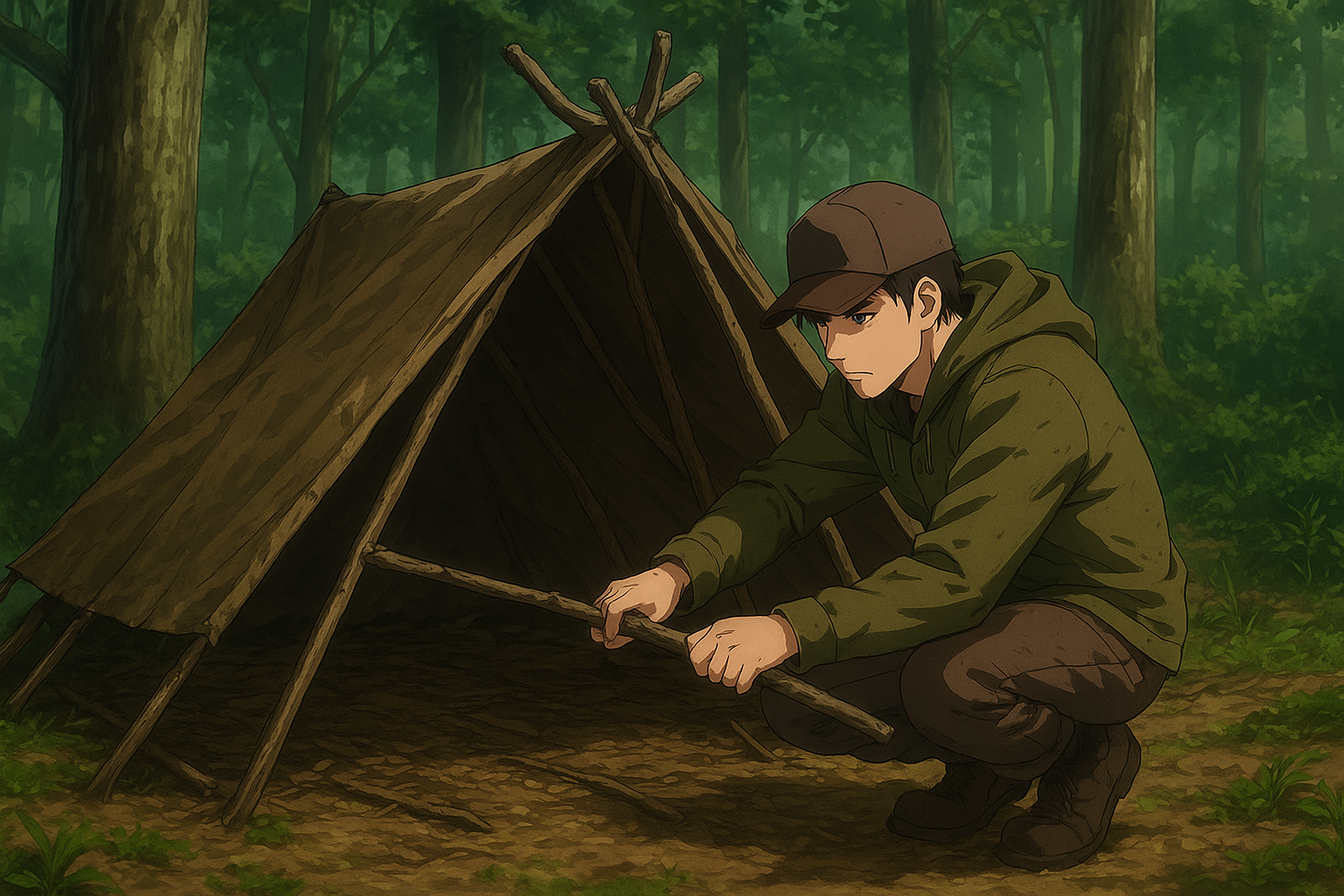When you find yourself in the wilderness, your ability to build a shelter can mean the difference between safety and danger. While fire keeps you warm and water keeps you alive, a shelter is what truly protects you from the elements. Exposure to wind, rain, snow, or even intense sun can quickly drain your energy and put your life at risk. A well-built shelter is your first real defense against nature.
Why Shelter Matters
Temperature Control: A shelter helps maintain body heat during cold nights and offers shade during hot days.
Protection from Weather: Rain, snow, and wind can cause hypothermia or exhaustion if you remain exposed.
Safety and Rest: Having a defined space gives you peace of mind and improves sleep quality, which is crucial for maintaining focus and strength.
Choosing the Right Location
Before building, spend time scouting the right spot. Look for:
Dry Ground – Avoid low-lying areas where water collects.
Natural Protection – Trees, rocks, or hillsides can block wind and rain.
Distance from Hazards – Stay away from riverbanks (flood risk), cliffs (fall risk), or areas with loose rocks and dead branches overhead.
Close to Resources – Building near firewood and water makes survival easier.
Types of Shelters to Build
Lean-To Shelter:
Easy to construct with just branches and a support beam.
Best when you need quick protection from wind or light rain.
Debris Hut:
Built by piling leaves, moss, grass, and branches over a simple frame.
Excellent for insulation in colder conditions.
A-Frame Shelter:
Shaped like a tent with two angled walls meeting at the top.
Sturdy and protective, great for longer stays.
Tarp or Poncho Shelter:
Fast and effective if you have gear.
Provides strong protection against rain with minimal effort.
Tips for Building a Strong Shelter
Always create a ground layer using leaves, pine needles, or branches to avoid direct contact with the cold, damp earth.
Build your entrance away from the wind direction.
If possible, place stones around the edges to add stability and trap heat.
Test your shelter by lying inside—make sure there’s enough room to move but not so much that heat escapes.
Practice Before You Need It
Building a shelter in a real survival scenario is stressful. Practicing this skill in your backyard or during camping trips gives you confidence and teaches you how to adapt materials to your advantage.
Final Thoughts
A shelter is more than just sticks and leaves—it’s your safe zone in the wild. It restores your energy, keeps you warm and dry, and gives you the psychological comfort of having a “home,” even in the harshest environments. Mastering this skill ensures that you can turn almost any landscape into a livable space.

